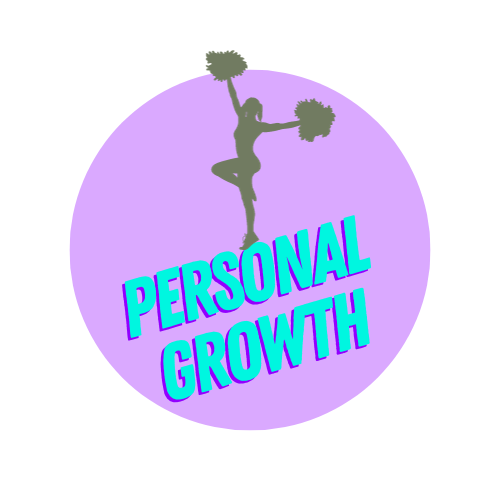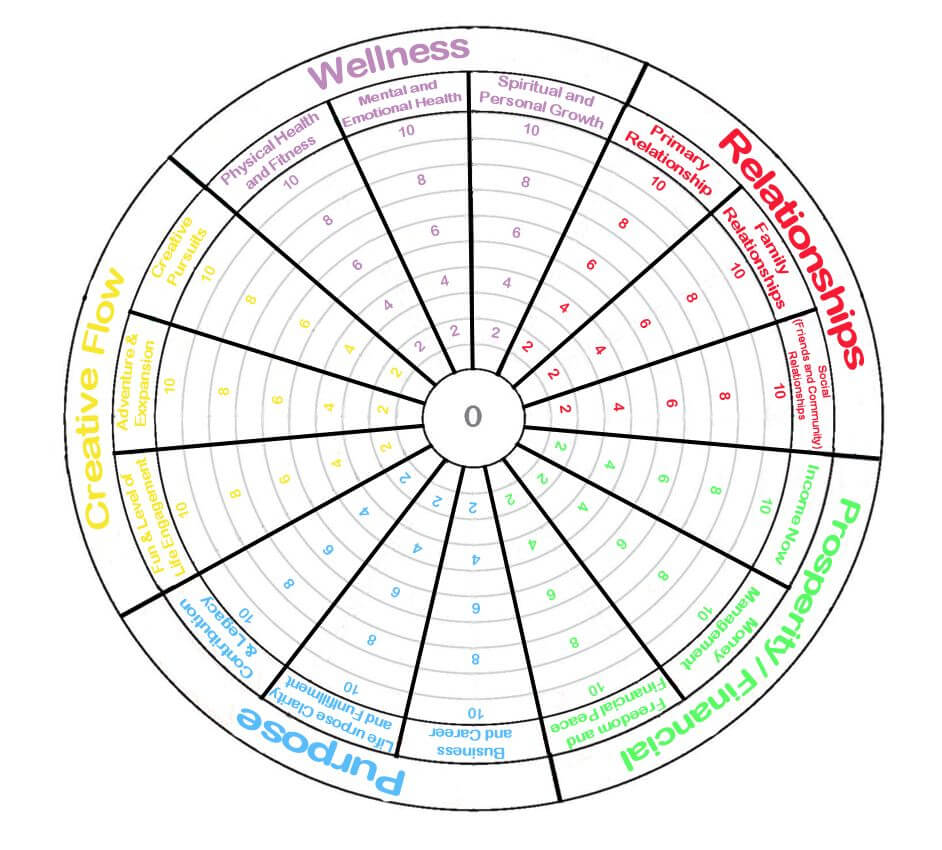Personal growth
Fixed mindset vs growth mindset is no contest. Growth mindsets make their dreams come true
What is personal growth?
It’s the act of developing as an individual, learning new skills, habits and behaviours.
Some examples of personal growth are:
Reduce your tendency to procrastinate
Learn to manage your finances
Understand yourself more deeply
Practice gratitude every day
Establish a better work-life balance

Have you got a growth mindset or a fixed mindset?

I’ve got a growth mindset and I’m ready to grow!
You might know exactly which personal growth areas or goals you want to work on. You might be totally lost and have no idea where to start on or what work towards.
Don’t worry, wherever your starting point is, we can help you.
Even if you’ve got no idea what to work on, the thing you can pat yourself on the back for is that you are aware that you want to work on yourself.
How to start

Assess your starting point
Use the Wheel of Life exercise below to evaluate where you’re at now

Find your Why
Define exactly why you want to change and grow

Define the goal
Decide exactly what you DO want to achieve (not what you don’t)

Specify specifics
Make your goal specific, achievable and time bound. When it’s clear, it’s easier to keep yourself accountable

Set milestones
Set yourself mini goals along the way, to keep you on track and comfortable with progressing

Celebrate progress
Treat yourself along the way, with rewards that align with your goal (don’t buy chocolate if your goal is weight loss!)
Wheel of Life
This is the Wheel of Life and it’s a fantastic tool for getting clarity on the areas of your life that you’re most and least happiest with.
Don’t rush this, but it’s likely that it’ll take 5 or 10 minutes to complete the exercise, because it’s set out so clearly and is a very simple activity.
How to complete the Wheel of Life exercise
It doesn’t matter which section you start on. There’s no beginning or end.
All you need to do for each section is mark with an X the number from 1 to 10 that reflects how happy you are with this aspect of your life.
Don’t think about the task, just go with the number that comes to you first.
When you’ve got a number for each area of your life, you’re going to play dot to dot and join up the marks.
You’ll see a random shape, which will highlight really easily the areas in which you’re loving life and the areas in which you’re not so much.
Take a look at the lowest scoring areas of your life. Are they connected to each other? Is it surprising which areas of your life you’re least happy with? Take a few minutes to gather your thoughts before taking the next step. You might find some interesting insights come to you.
Take the three lowest scoring areas and consider whether you’d like to set goals to grow in all three areas, or in one or two. It doesn’t matter how many areas you choose to set goals for, but don’t go for any more than three or you’ll spread your focus and energy too thinly.
When you’re choosing to focus on one, two or three areas of personal growth, your current commitments are important considerations to bear in mind. You may want to focus on progressing towards and achieving these goals over the next 6 months or longer.
Can you spare regular time to review your progress and work consciously towards your goals? If you’re 6 weeks away from moving home or starting a new job in 3 weeks, you may not want to aim for achieving three new goals from your Wheel of Life.
With commitments and timeframes checked, it’s time to start having a bit of fun and getting creative!

Goal setting – find your Why
Now you’re ready to start setting your goals, you need to be crystal clear on WHY you want to achieve the goal.
Let’s say your goal is to fit into your favourite old pair of jeans, which is probably a pretty common goal for women.
Why do you want to lose the inches?
If you don’t know, you’ll get derailed really easily and won’t be too fussed about refocusing yourself again.
Make your Why an emotional feeling. Visualise your newly found confidence and love of wearing your favourite jeans that you know show your bum off a treat, along with more vibrant clothes when those pesky extra inches disappear. That’s an exciting goal to work towards and it gives you a tangible buzz. Anytime you falter, recall that visualisation and the buzz and you will hopefully find that you can refocus more easily.
Goal setting – define the goal
A classic mistake we ALL make, a lot of the time without even being aware, is that we say what we DON’T want rather than what we DO want.
I don’t want to be fat.
I don’t want to be angry all the time.
I don’t want to keep snacking late at night.
Whilst understanding what we don’t want can be helpful in the beginning of goal setting, we certainly want to carry on to word a goal in terms of what we DO want.
You’ve probably heard that your brain won’t pick up that you don’t want something, it’ll just pick up on the Thing. So if you say you don’t want to be fat, your brain will just get ‘be fat’. Uh oh.
So let’s take those examples above and move them into a more positive goal.
I don’t want to be fat = I want to be lean
I don’t want to be angry all the time = I want to be calm
I don’t want to keep snacking late at night = I want to structure my meals
Goal setting – specify the specifics
The quickest way of setting a good quality goal is to follow the SMART acronym. This makes sure your goal is clear, tight and it’s easy to track your progress. Here’s how that 10 pounds goal might look formatted as a SMART goal:
Specific – I want to fit into my favourite old jeans
Measurable – I’ll try the jeans on once a week to assess my progress
Achievable – I’ll plan my meals and workouts a week in advance
Relevant – The reason I want to fit into my favourite jeans is because they give me sky high confidence
Time bound – I will fit into my favourite jeans by February 3rd, which gives me enough time to lose inches at a steady and sensible pace, while the deadline is before my birthday, so I can wear the jeans for my birthday celebrations
